The Email Revenue by Products template shows the emails responsible for selling the products you’ve selected. In other words, you identify a product that you want to sell, and Graphly will show you which emails are best at selling that product.
Search for the Email Revenue by Products Report
To begin, click the “+” icon on your dashboard. Then type “Email Revenue” into the search bar and select the “Email Revenue By Products” template.

Chart Tab
This report is best viewed with the Column or Bar chart type. I’ll leave mine on Column.
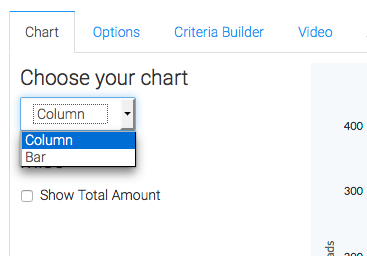
If you click the check box Show Total Amount, Graphly will total the revenue generated by each individual email, and display it on the top right hand corner of the graph. This is ideal for rolling up revenues in order to measure the performance of an entire sequence. So you may consider renaming this widget as the name of the sequence in the campaign.
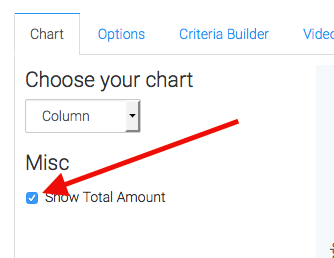
Options Tab
Navigate over to the Options tab. Then choose all of the products you wish to measure.
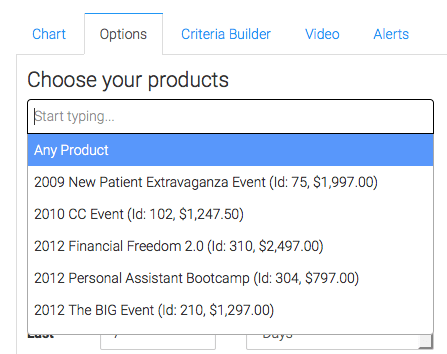
Next, select the tag category inside Keap that houses your click tags. This helps Graphly loop through the data more quickly, so that you get a snappy widget.
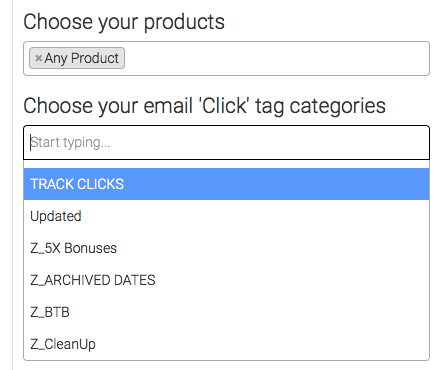
Now define the time frame you want to look at based on when the invoice was created. I’ll choose Month to Date and choose Daily Intervals.
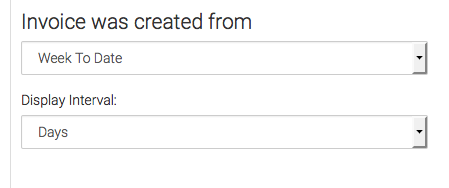
The next couple of settings are important, as you can tell many different stories with this single report template. Under Include Invoices you can either count revenue on just the first invoice created after the click, or you can count revenue on all invoices after the click. Or at least until a new click has occurred.

This next setting can greatly impact the data returned as well. If I set this to 1 day, I’m going to only see revenue that was brought in the same day after a click took place. If I set this to 30 I’ll see a much larger amount being attributed to a specific click. You decide what number works best for you.

Next you’ll define how the revenue is calculated. You can use Invoice Totals or the Amount Paid on Invoices.

This final option allows you to include refunded invoices. By default, Graphly will exclude refunded Invoices.

Criteria Builder Tab
For ultimate control and customization, continue using the Criteria Builder to include additional rules and requirements to the report.

Once you have your alerts set, click Save Preferences on This Widget.
Relevant Articles
- How to Configure the Product Revenue By Emails Report
- Setting Up Email Reporting in Keap’s Campaign Builder
- How to Set Up the Product Category Revenue Report
Try Graphly for Just $1!
Unlock the full potential of your data with Graphly! Sign up for our 14-day trial for only $1 and gain access to a wide range of powerful reports designed to help you make data-driven decisions. Here are some of the reports you can explore:
- Opportunity Leaderboard: Track and analyze your team’s performance.
- Gross Revenue: See the money coming into your Keap account over time.
- Opportunity Forecast: Forecast the adjusted revenue of active opportunities based on the stage probability.
- Units Sold: See the number of units sold for each product you select over a given date range.
- Campaign Email Stats: Measure the impact and conversion of your marketing campaigns.
- Tags Applied: See how many tags get applied to contacts during a period of time.
Don’t miss out on this limited-time offer! Start Your 14-Day $1 Trial Now.